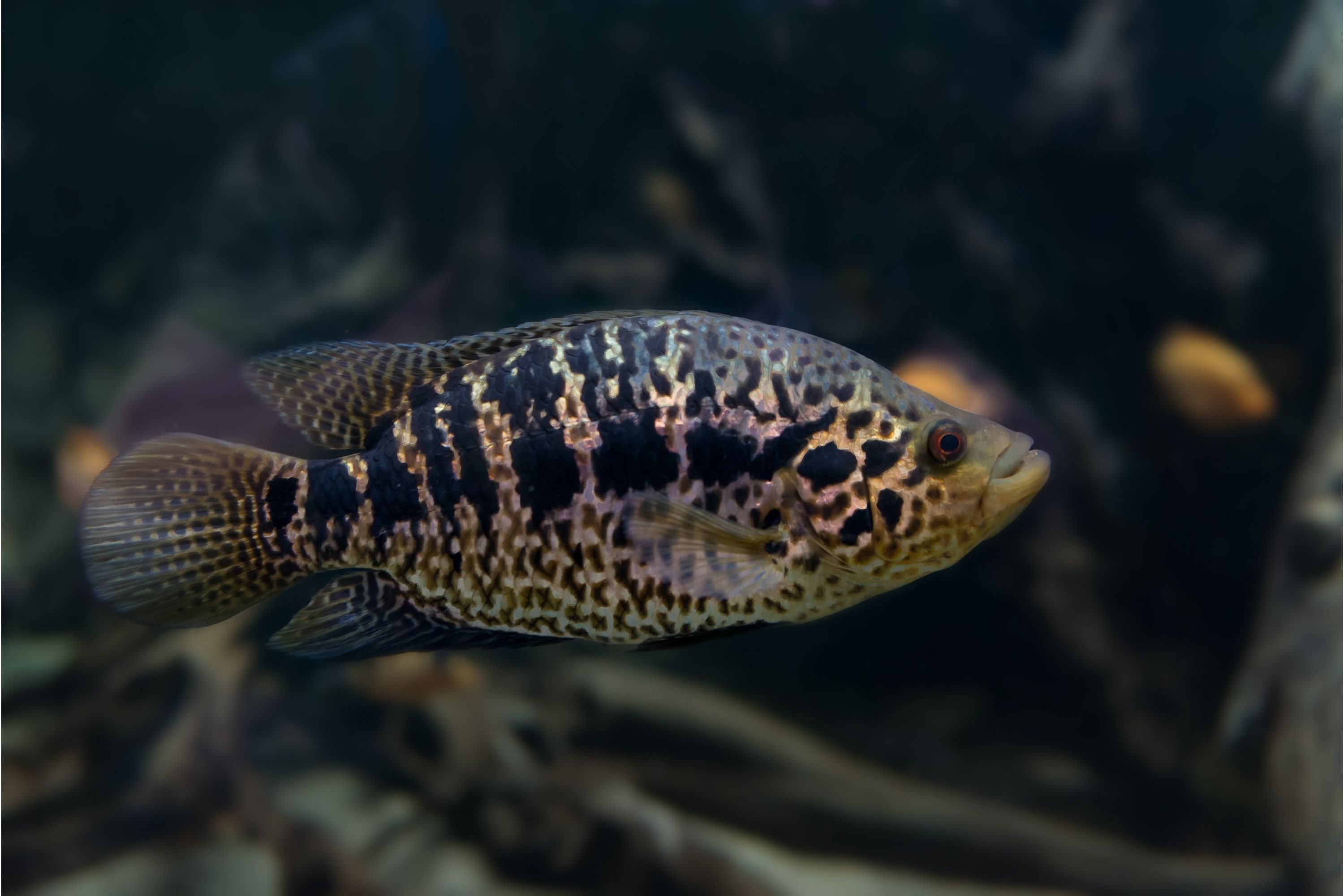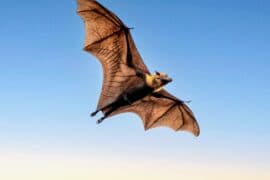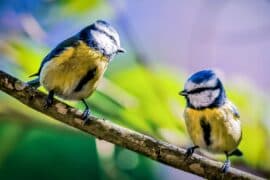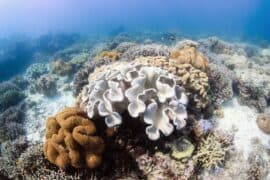Jaguar cichlid
(Parachromis managuensis)

Description
Parachromis Managuensis is a large species of cichlid native to freshwater habitats in Central America, where found from Honduras to Costa Rica.The scientific name refers to Lake Managua in Nicaragua from where the holotype was obtained. It is a food fish and is also found in the aquarium trade where it is variously known as the jaguar cichlid, managuense cichlid, managua cichlid, guapote tigre, Aztec cichlid, spotted guapote and jaguar guapote. In Costa Rica it is known as the guapote tigre. Males grow to a total length of 35 centimetres (14 in) and females to 30 centimetres (12 in). The species is a carnivorous, highly predatory fish. Their diet consists mainly of small fish and macroinvertebrates. They prefer turbid, eutrophic lakes, often found in warm water depleted of oxygen. Their native substrate is one of mud-bottoms, but can also be found in other ponds and springs with sandy bottoms covered in plant debris. They inhabit lakes in a tropical climate and prefer water with a 7.0–8.7 pH, a water hardness of 10–15 dGH, and a temperature range of 25 to 36 °C (77 to 97 °F). They are usually found at depths of from 3 to 10 metres (10 to 33 ft) P. managuensis is the most commonly traded species of its genus and is greatly valued among the aquarium trade. As with all members of the genus, the jaguar cichlid is a large, aggressive and territorial member of the Cichlidae. The jaguar cichlid is a sizable, robust cichlid, displaying a shade of yellow/bronze throughout the body. This yellow colouration is then scattered with vivid black spots which are seen all along the flanks and gill plates. A series of several large black dots then run horizontally along the lateral line area. The fins are often a dark to black colouration, especially when in spawning colouration. The female is similarly colored, but generally smaller than the male. The female will also lack the elongated extensions to the dorsal fins. This fish may also be found in Honduras and the rest of Central America where it plays a great role in the fishing industry. It is highly advisable that a breeding pair of jaguar cichlids, or any other member of the Parachromis, are kept singularly, with the exception of very large aquaria, as a breeding pair will become hyper-aggressive, and pose great danger to any other fish in the tank.
Taxonomic tree:







